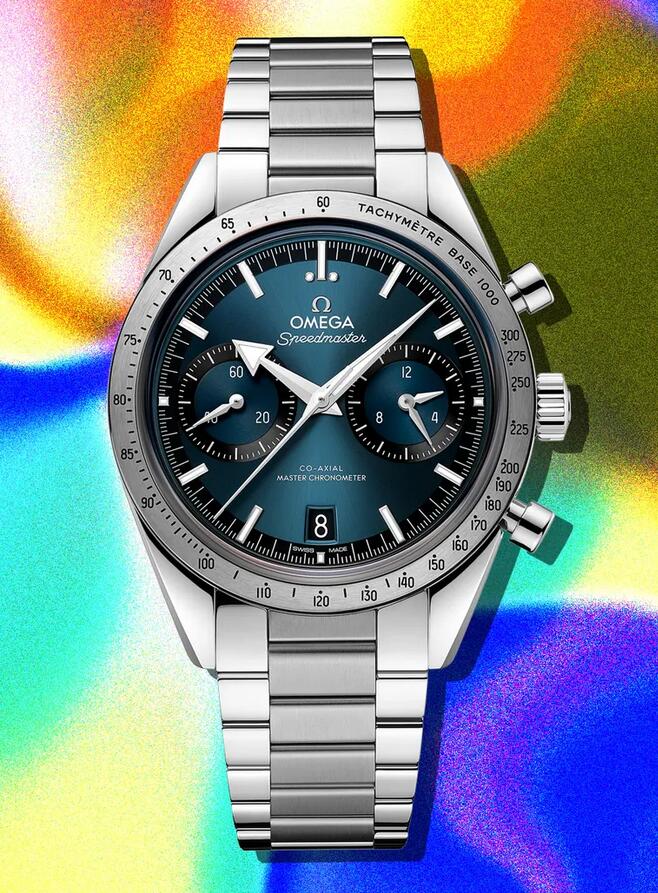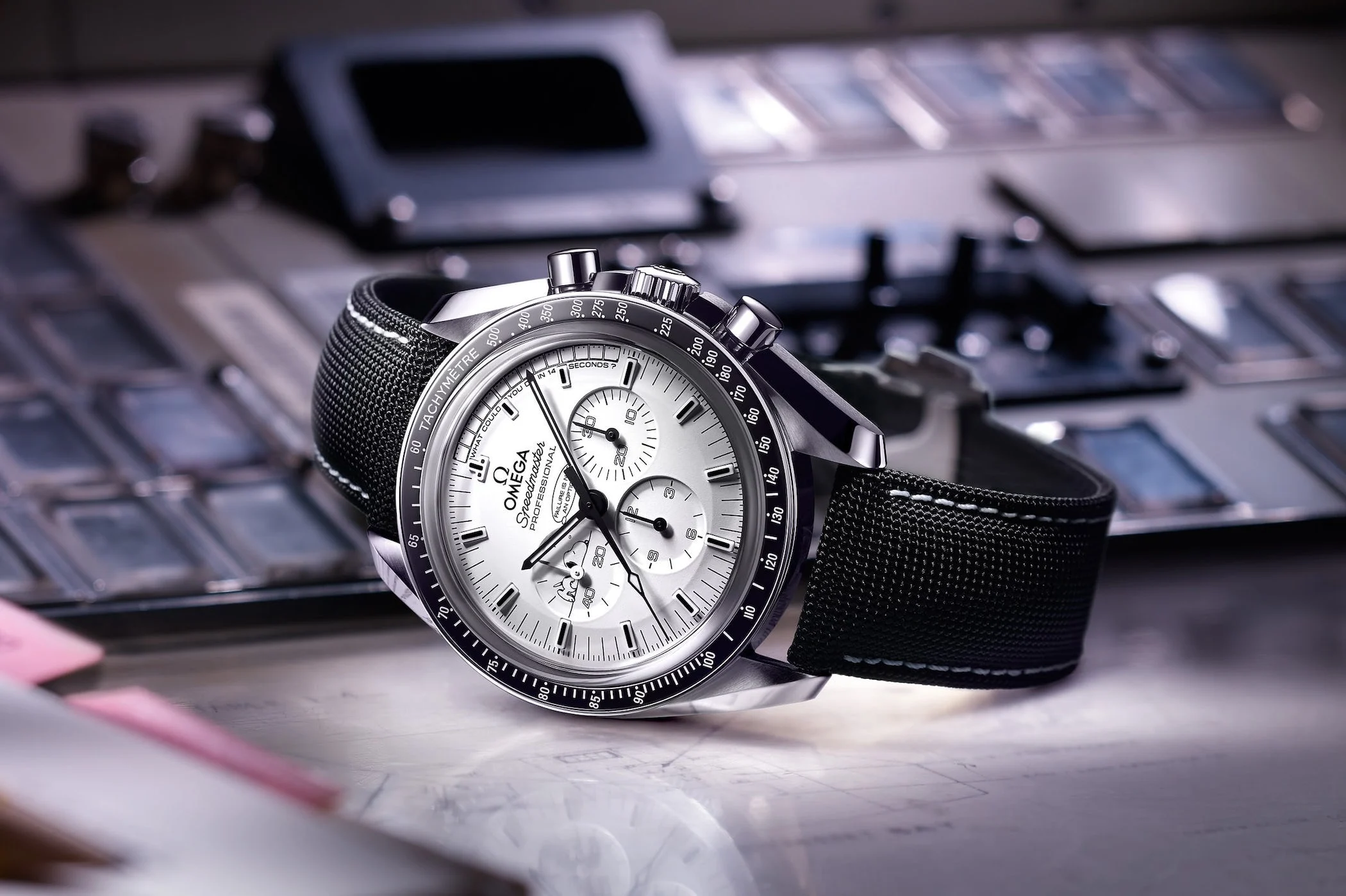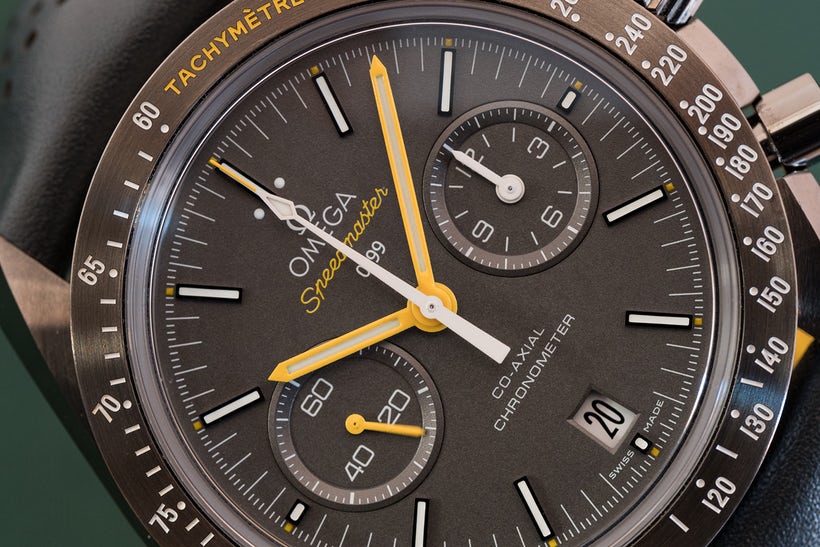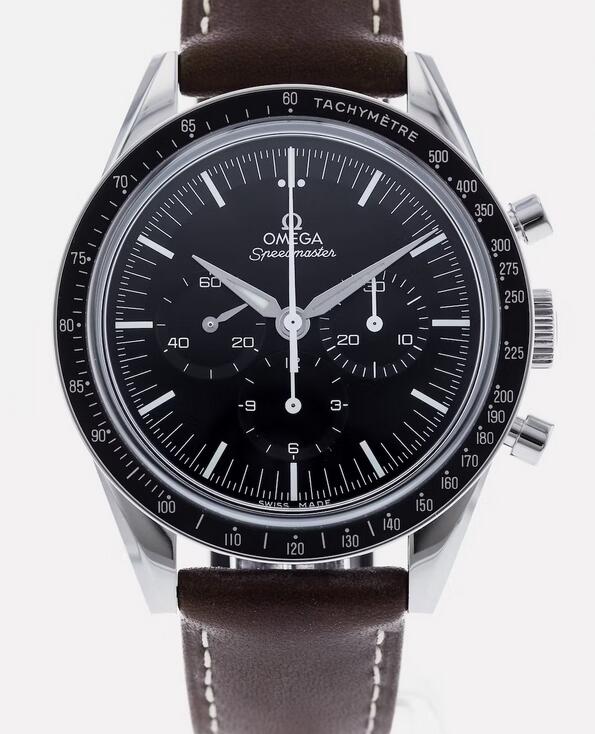The new-for-2017 Omega Speedmaster Racing Master Chronometer reference 329.32.44.51.01.001 replica watches are the modern – and, until now, quite fat – Speedmaster Moonwatch put on a diet. Yeah, right, it’s just as wide from the front, but very noticeably slimmer in its profile. It is not all looks and no smarts either, as it now packs the latest generation, METAS-certified, 15,000 Gauss-resistant Master Chronometer caliber 9900. Let’s see if all that, a lower price, and some orange accents suffice to make one’s heart go racing. There are a few quirks to note as well.
Brief History Of Not The Speedmaster…
…Instead, I will just keep it short and concentrate on its most modern iteration. Although to me it feels like it was way longer ago, it actually happened in 2011 that Omega launched the Speedmaster Co-Axial Chronograph, a modern Speedmaster equipped with an all-new, 9300-series, two-register, automatic chronograph movement. Since then, they have officially called this collection a range of different and wildly confusing names, including the Speedmaster Moonwatch (yes, that’s right), although it very much belongs to that group of 99.99999% of all watches that have never ever been to the moon. I mean it. Google Omega Speedmaster Moonwatch and see what comes up first – it’s this collection and not the classic and actual Moonwatch Speedy. The closest this modern Speedy has been to the moon is when it received a cool moon phase indication recently, with a stellar blue-dial model that Ariel reviewed here.
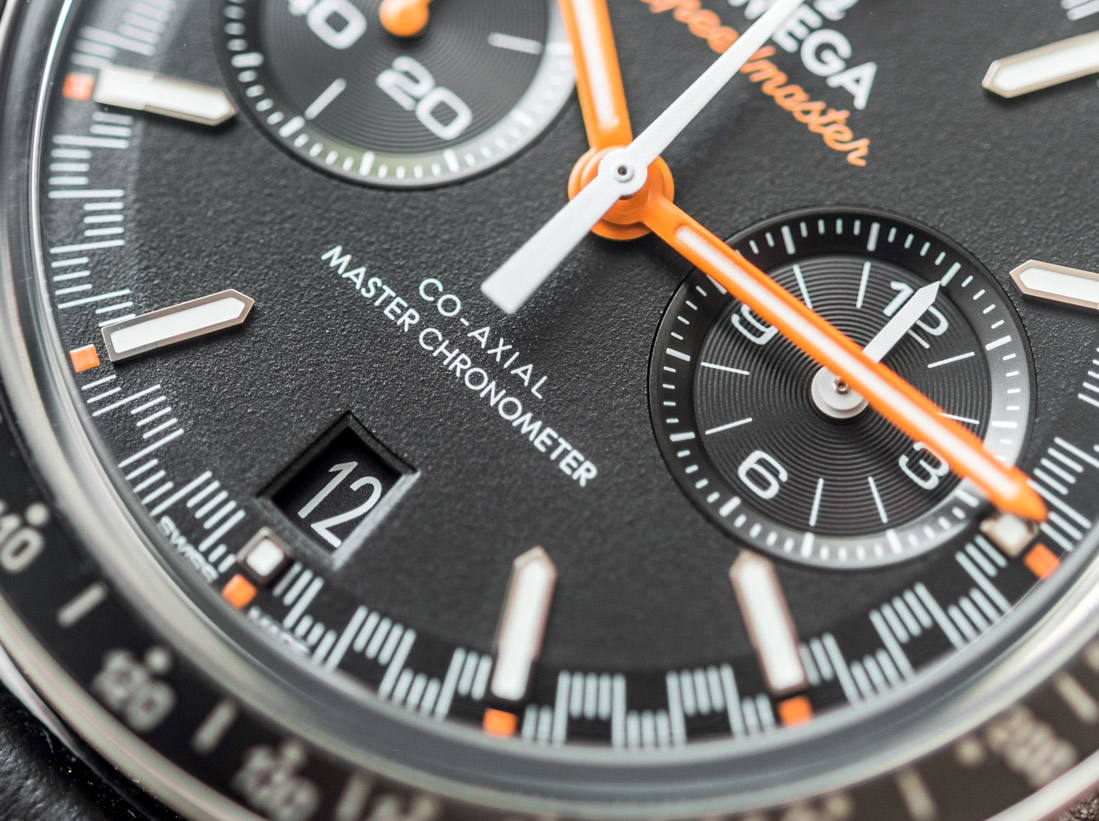
This is to say that around the classic Omega Speedmaster “Moonwatch” (the one that did go to the moon and back) grows an increasing variety of other Omega Speedmaster chronographs. And while the “original” Moonwatch I bet will remain unchanged until we colonize the moon, it also is one of the very few watches that deserve the label “iconic.” The good news this entails though is that the rest of the Speedmaster collections are free to change and evolve as Omega and the market dictates. Now, with the Omega Speedmaster Racing Master Chronometer, we see what that unequivocally dictated direction is, and I am pleased to see and report: it means more wearable, technically more advanced, and visually more fascinating.
Before we move on, a quick word about the history of the racing dial, and especially an interesting quirk that you may want to know, next time someone poses as a historian and gives whatever storied explanation for the racing dial’s existence: “Despite great research and theory, the exact origin and purpose of these 1968 models is still shrouded in mystery.” These are Omega’s words on the racing dial – and I appreciate them being up-front about this fact instead of making up some faux, misty-eyed racing story instead.
What’s New For The Speedmaster
Cutting straight to specifics: the case is 1.1mm thinner Omega fake watches when compared to the Speedmaster Moonwatch (still referring to the 2011-model that didn’t go to the moon). The case itself is still crafted from stainless steel and is still 44.25mm-wide. Omega says that they have changed the design of the sapphire crystals to shave off this bit of thickness. About how it actually wears and looks on the wrist just a bit later.
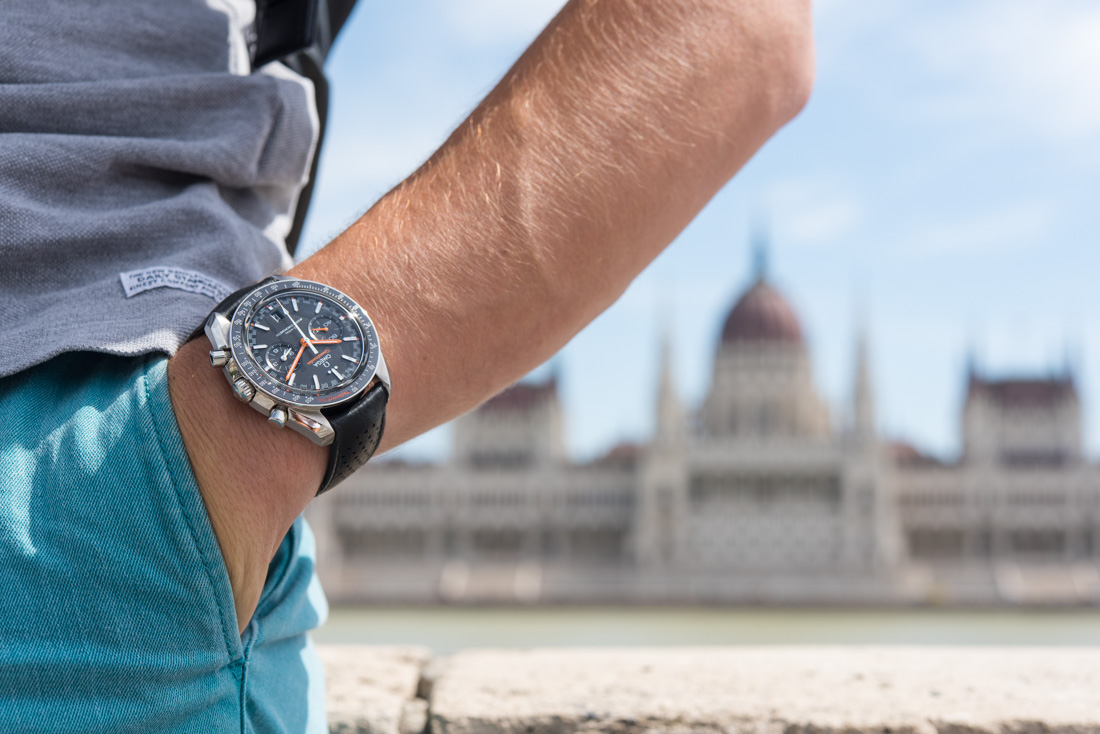
Another important update is how the 9300 caliber has been updated to the 9900 version movement replica Omega fake watches UK. There’s plenty of boasting on both the front and back to help you figure out if this is the latest generation of Omega in-house movements: the dial says “Co-Axial Master Chronometer” on it while the rotor has “Omega Master Co-Axial 9900” written in red. I was there at Omega’s event in Geneva in late 2014 when they announced their new partnership with METAS, and I also recall how many times since then I’ve had to fact-check the exact wording Omega uses to refer to these calibers.

